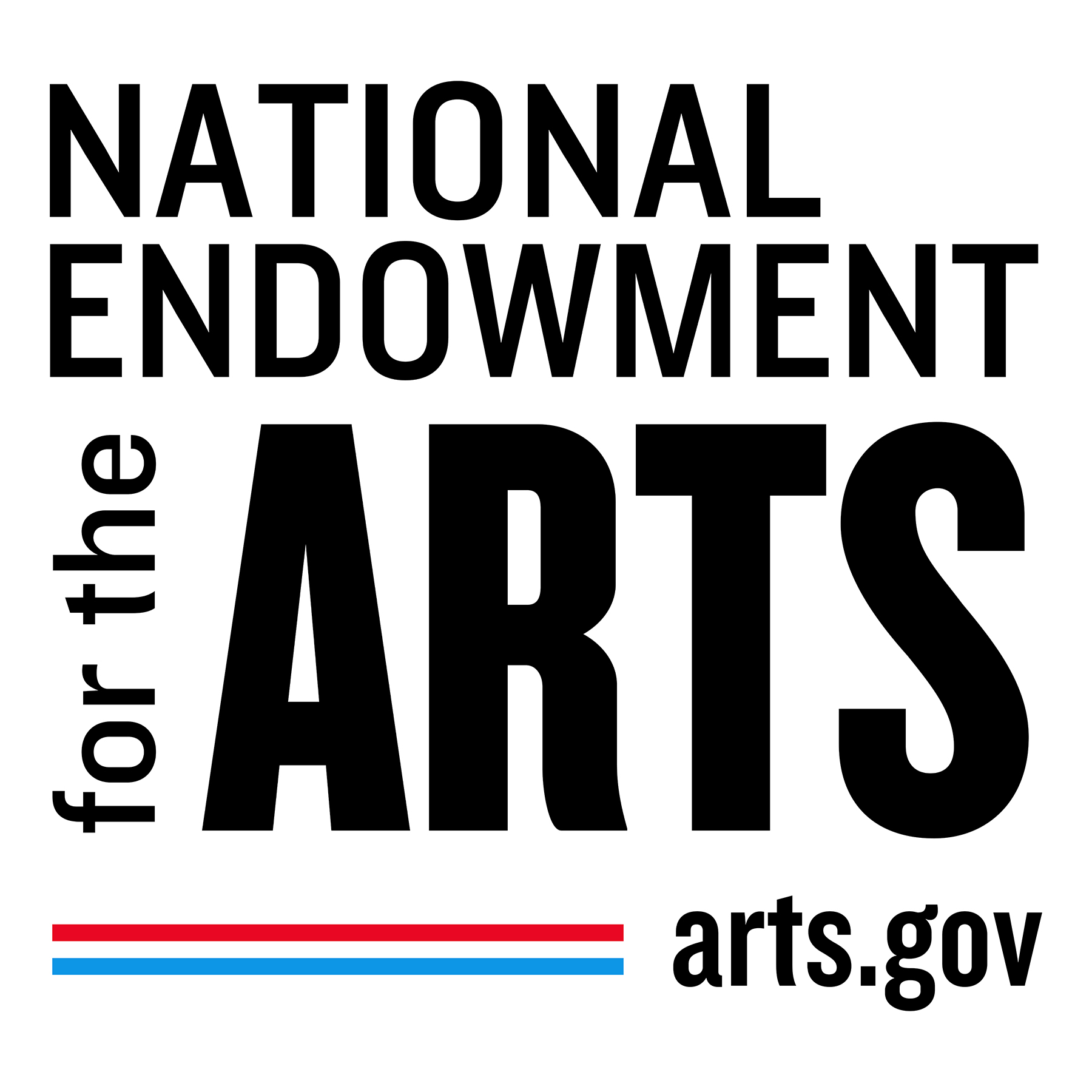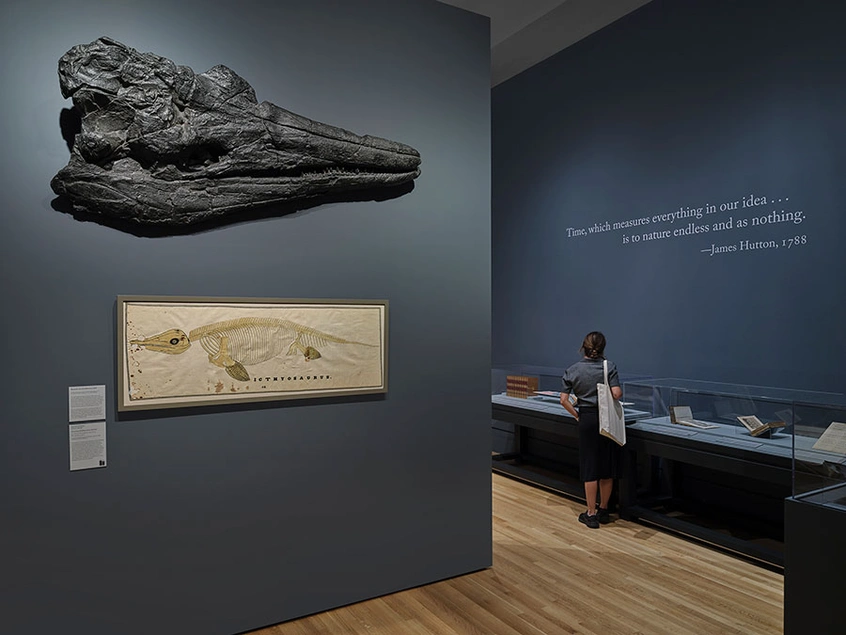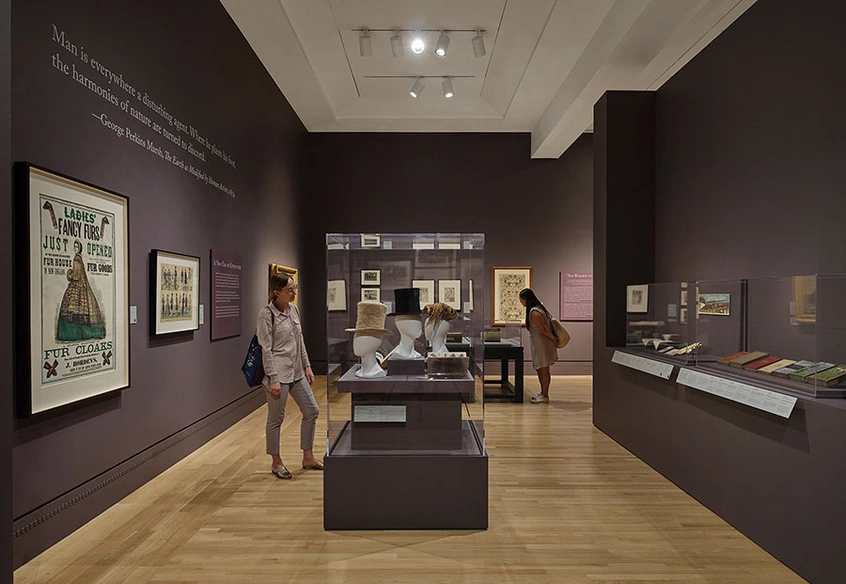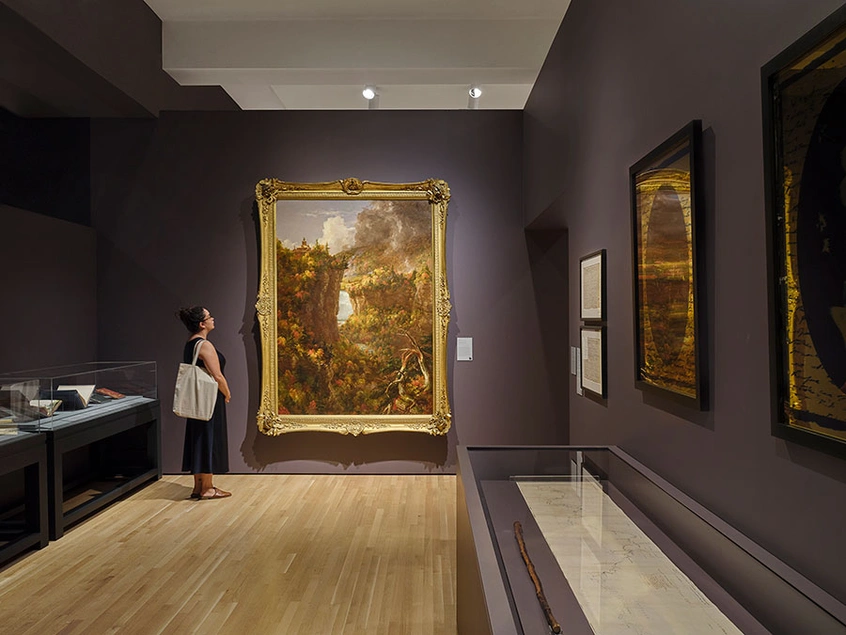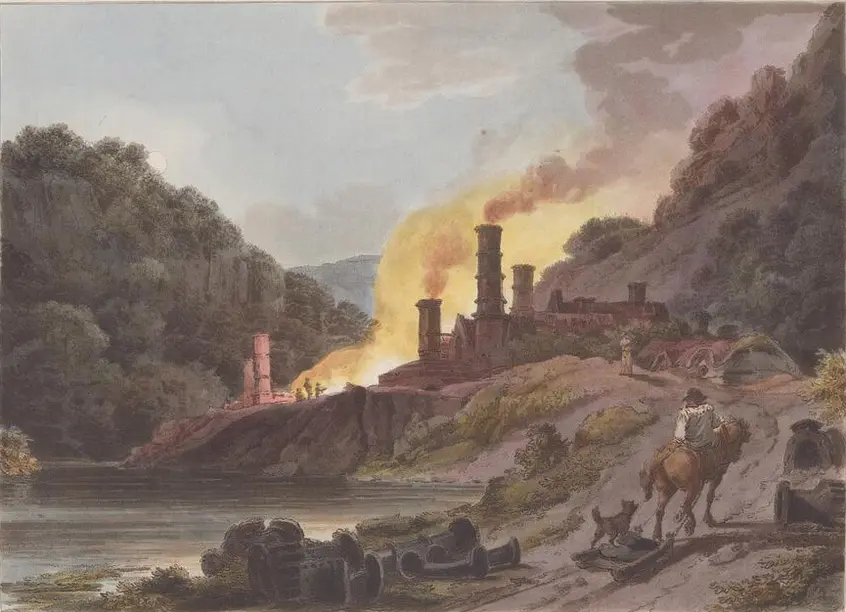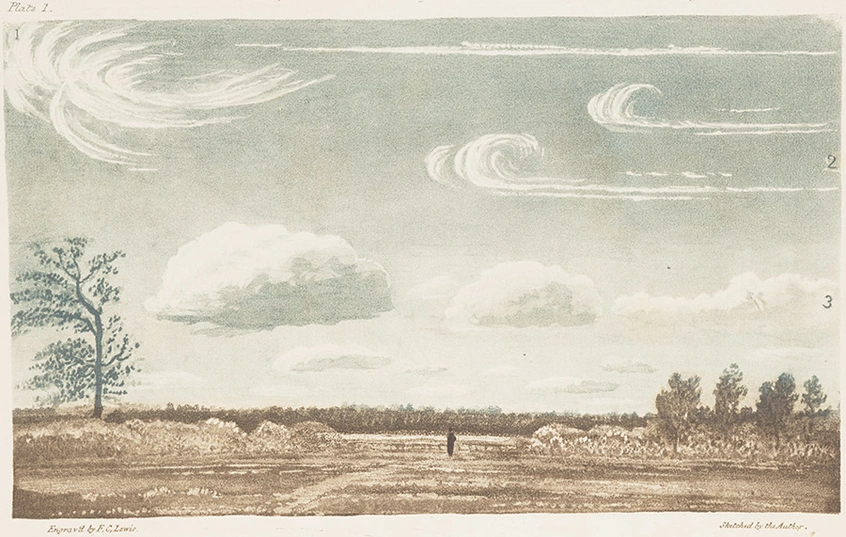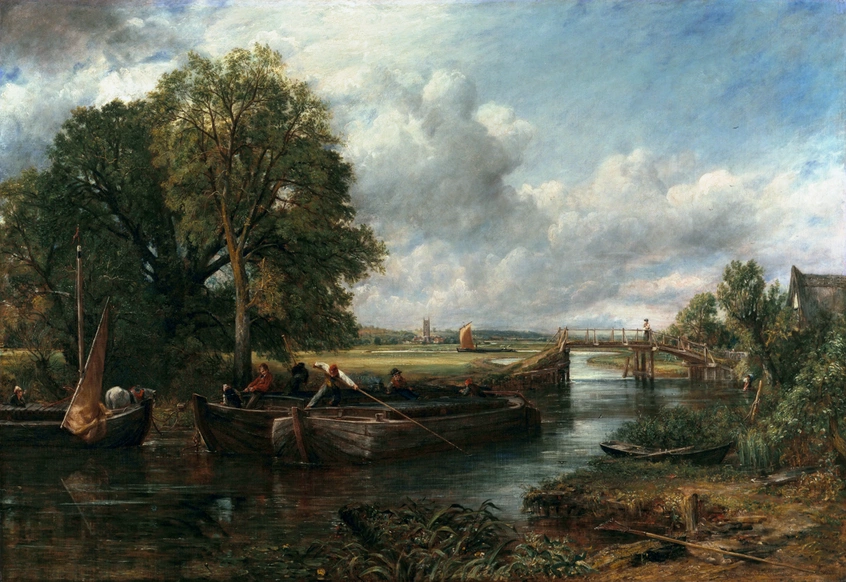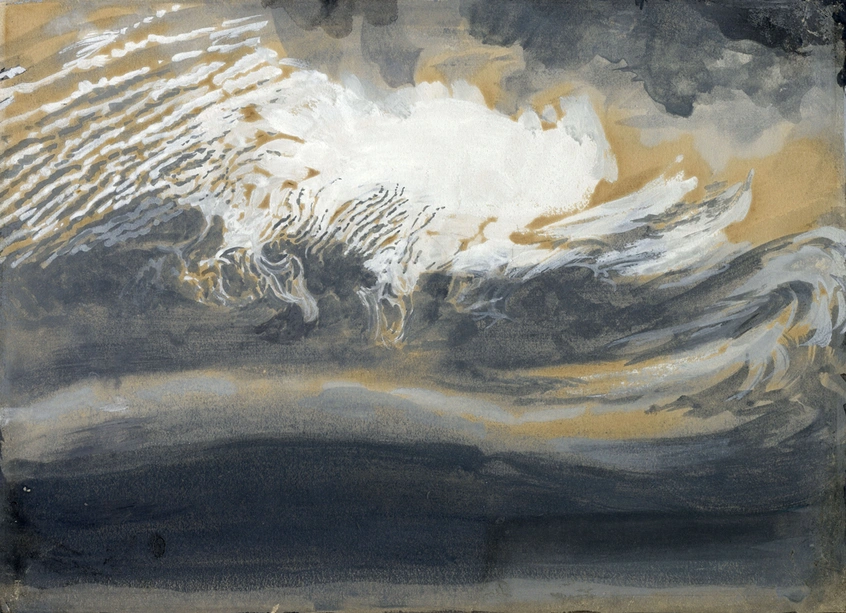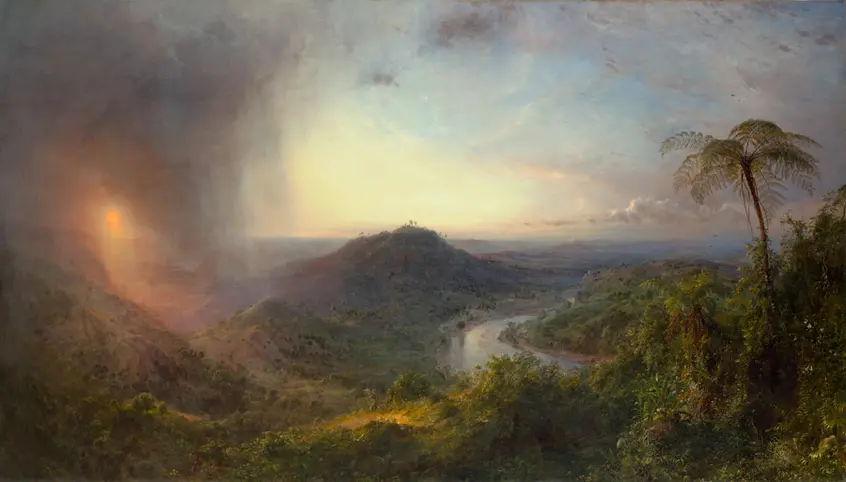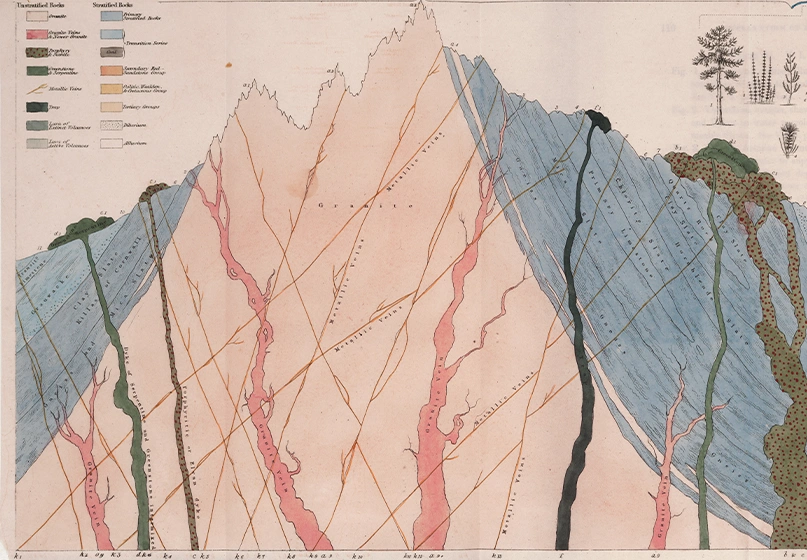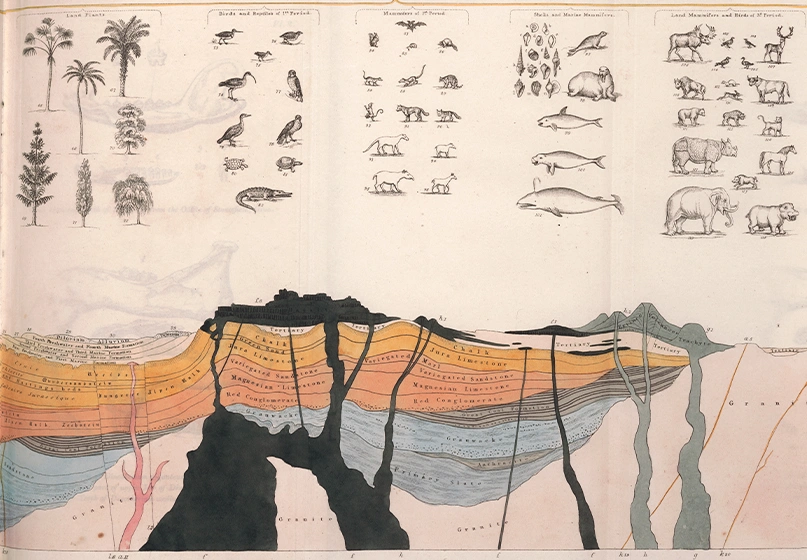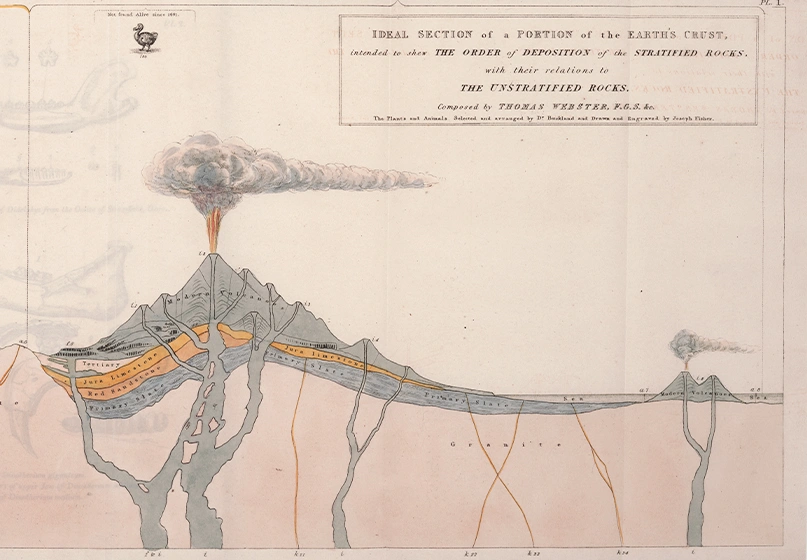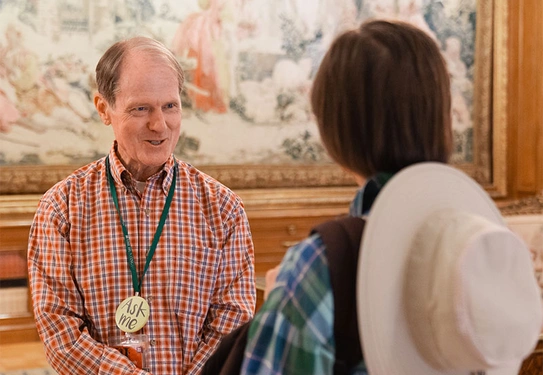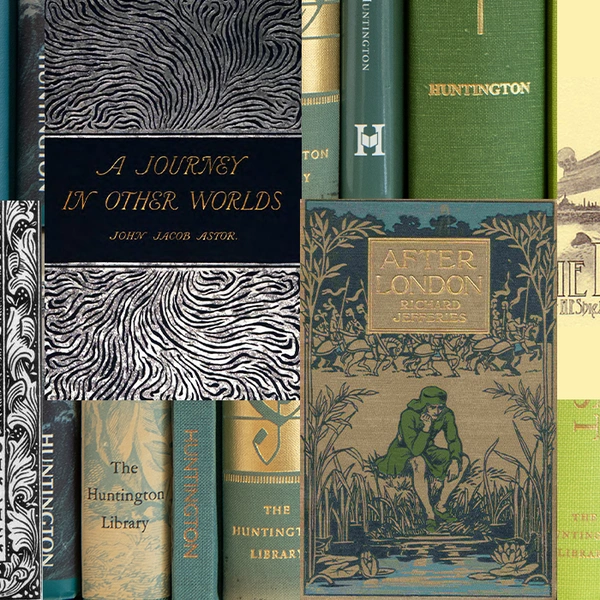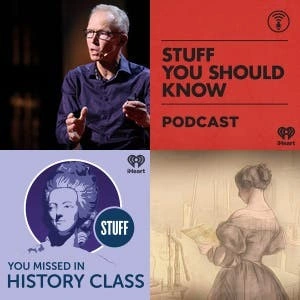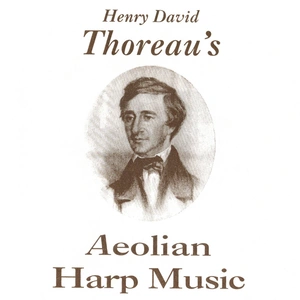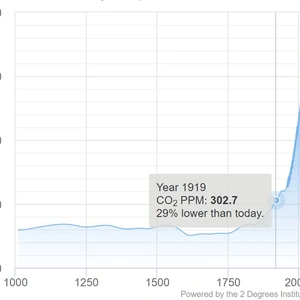Storm Cloud: Picturing the Origins of Our Climate Crisis
Artist, designer, and UCLA professor Rebeca Méndez discusses her work Any-Instant-Whatever (2020), which is featured in “Storm Cloud.” Her video installation documents 12 hours of Los Angeles’ winter skies, creating an immersive experience that encourages contemplation while also addressing themes of environmental change.
Related Resources
Explore how 19th-century artists, writers, and scientists first sounded the alarm on industrialization’s impact on the environment. This insightful book connects early environmental awareness—showcased through art and literature—to today’s climate crisis.
Check out this list of books compiled by the curators of the exhibition, including full-text 19th-century climate-fiction courtesy of Project Gutenberg, and a list of climate- and sustainability-related nonfiction, fiction, poetry, and children’s and young adult books.
Podcast Playlist
Listen to podcasts—recommended by the “Storm Cloud” curators—that discuss climate change in the context of the past, present, and future.
Podcasts on Spotify
Henry David Thoreau’s Aeolian Harp Music
Listen to the meditative music of an Aeolian harp, an instrument played by the wind. This music was recorded using a replica of an Aeolian harp designed by American naturalist Henry David Thoreau.
Harp Music on Spotify
Global CO2 Levels
This graph features atmospheric CO2 levels that combine measurements from as far back as 800,000 years up to the present day with an atmospheric temperature overlay option. This is a project of the 2 Degrees Institute, a nonprofit organization.
Interactive CO2 Graph
California Department of Conservation: Well Finder
The Geologic Energy Management Division’s (CalGEM) online mapping application Well Finder presents California’s oil and gas industry information from a geographic perspective. Readily available data contributes to better health and environmental safeguards.
Well Finder Map
“Storm Cloud” Key Image Credit: Unknown, Oil Well Fire, ca. 1920s, photograph, 5 3/8 x 3 7/16 in. The Huntington Library, Art Museum, and Botanical Gardens.
This exhibition is made possible with support from Getty through its PST ART: Art & Science Collide initiative.

“Storm Cloud: Picturing the Origins of Our Climate Crisis” is among more than 70 exhibitions and programs presented as part of PST ART. Returning in September 2024 with its latest edition, PST ART: Art & Science Collide, this landmark regional event explores the intersections of art and science, both past and present. PST ART is presented by Getty. For more information, visit PST ART: Art & Science Collide
Generous support for this exhibition is provided by the Douglas and Eunice Erb Goodan Endowment. Additional funding is provided by The Gladys Krieble Delmas Foundation, The Neilan Foundation, The Ahmanson Foundation Exhibition and Education Endowment, The Melvin R. Seiden-Janine Luke Exhibition Fund in memory of Robert F. Erburu, and the Boone Foundation.
This exhibition is supported in part by the National Endowment for the Arts.
